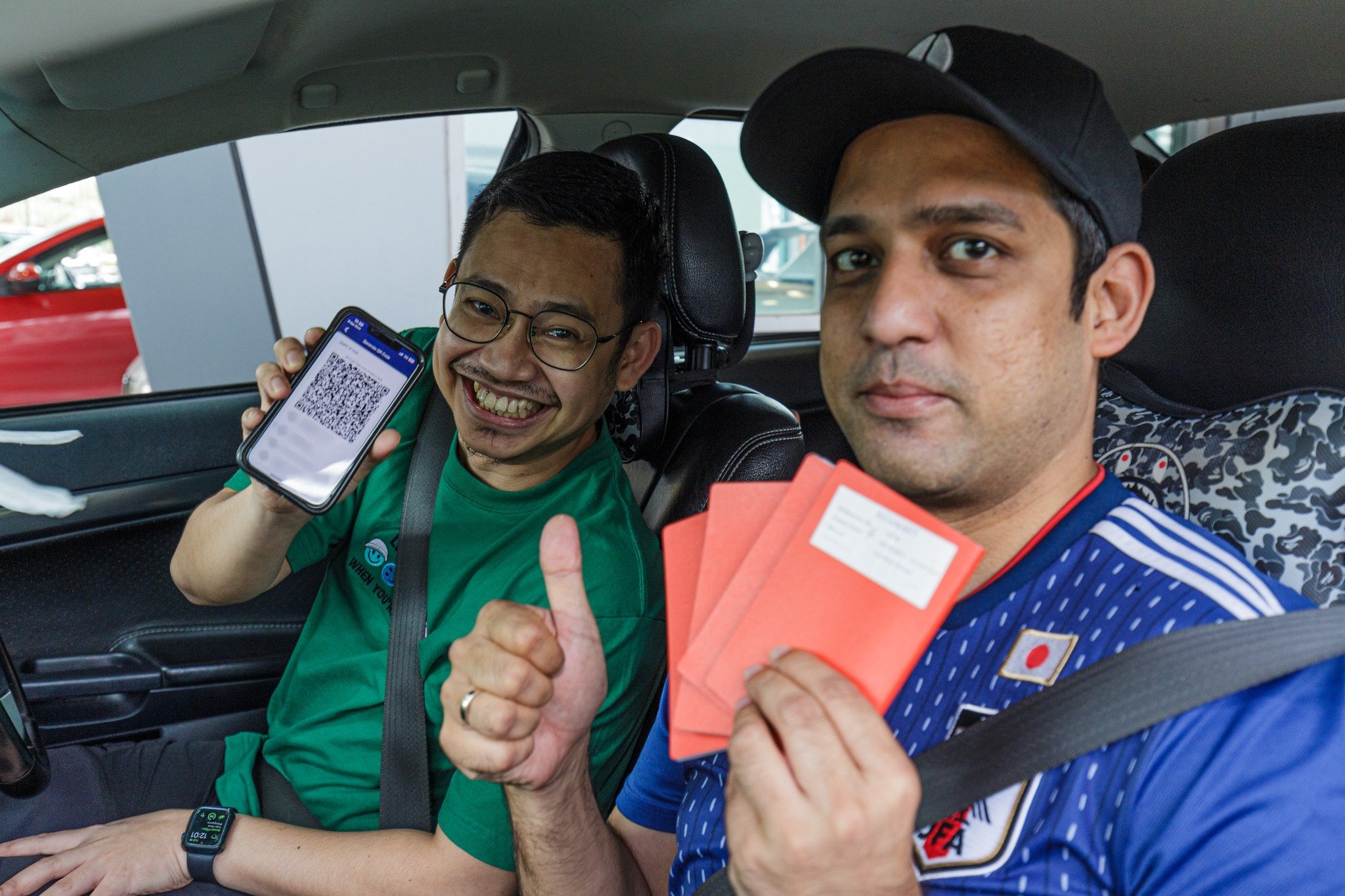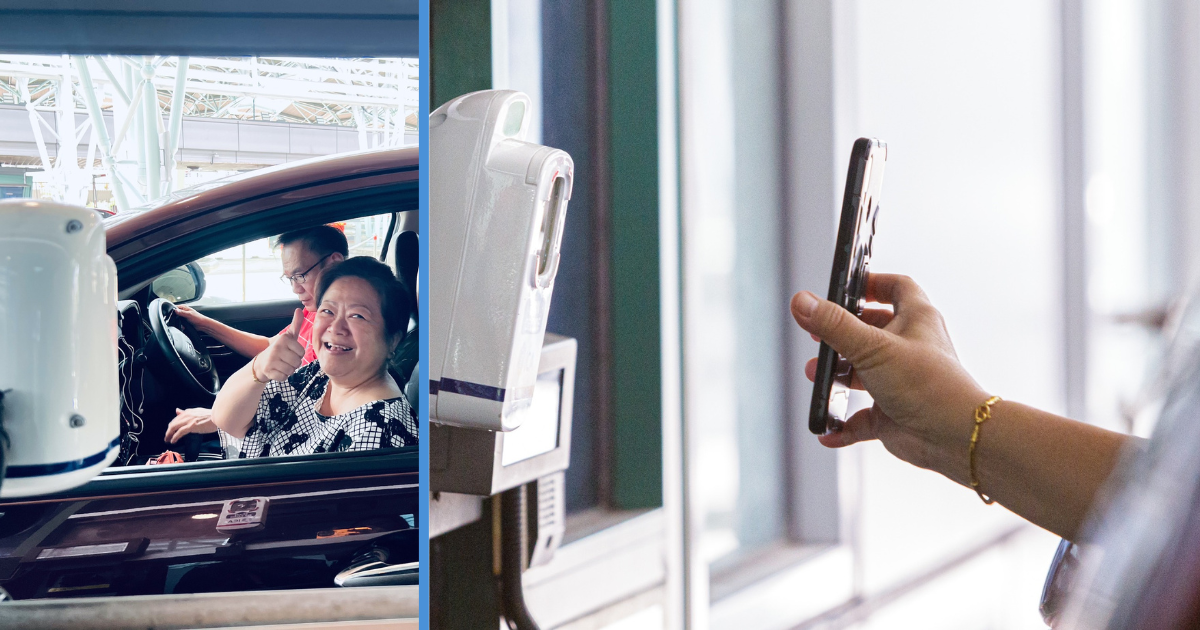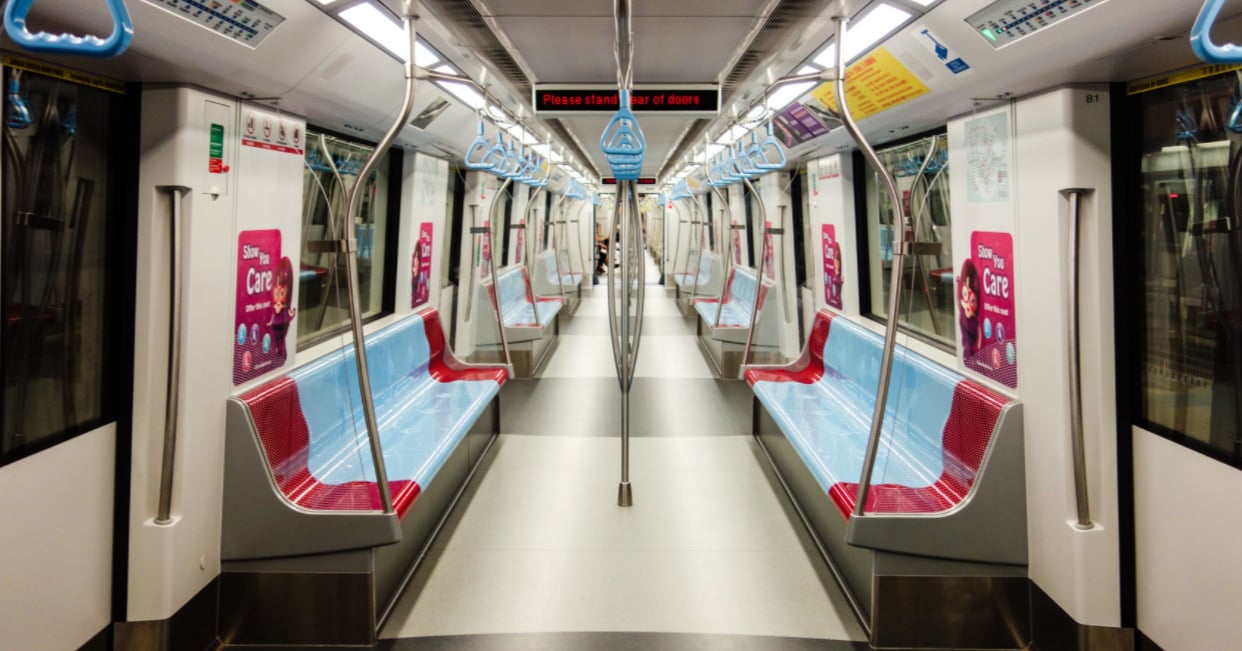Last month, there was a promise made to us who frequent Malaysia. Some of us would, by sheer determination, sit on the hot roads of the causeway for up to four hours to stock on goods.
It was long, it was dreadful, it was agonising. Good news, those days are finally over.
As shared last month, we can clear customs without our passports and potentially cut down the time spent in congestion to just 30 minutes.
Some of us had a try with the new system on 19 Mar, clearing the Woodlands and Tuas Checkpoints using the new QR-code system instead of presenting our passports to our friendly ICA officers.
The Automated Passenger Clearance System (APCS)
The APCS is an initiative by The Immigration and Checkpoints Authority (ICA) that uses QR codes instead of relying on the typical biometric verification to know whether your features match the information on the passport.
Some biometrics include your eyes, your fingerprints and your general appearance. This is why the ICA officers at the customs will take a good look at you when you give them your passport.
How do QR codes work?
QR codes are basically barcodes on steroids. They are generated by arranging black and white squares and this will store information which can be read by machines.
Therefore, our information can be stored in the QR code that we generate from the MyICA mobile application. We download the app, update our information from there and generate it when we’re approaching customs. Come your turn, scan.

The More The Better, Just Scan
The ICA gave us an update on Wednesday (20 Mar) that “about 86,000 car travellers have used QR code for immigration clearance when passing through our land checkpoints. This is about 46% of the total car travellers using the checkpoints,”
This means that 86,000 of us have seen it work, and more are expected to try.
While ICA’s Deputy Director of its operations division and Assistant Commissioner (AC) Phua Chiew Hua has projected for numbers to grow, he also highlighted how this QR system will be especially helpful for those who travel in groups.
Yes, you don’t have to fumble and compile everyone’s passports before you give them to the ICA Officer. Only one person needs to generate the QR code and scan it on behalf of everyone in the car.

Can it get any cooler? Yes. We can reuse the same group QR code for multiple trips if we’re travelling with the same group of people and all the details are the same.
That means that if you only ever enter Malaysia with your parents, the group QR code for the three of you can be reused if you enter with them again.
Saving Time
On 19 Mar. ICA shared that they can expect this system to save our time by a lot. For a car with four travellers, they estimate that 20 seconds are saved, and for a car with ten people, you save one minute.
“Overall waiting time can be reduced by more than 30% if most car travellers use QR code for clearance”
This is especially useful in the upcoming long weekend – Good Friday on 29 Mar.
If you don’t know, the causeway jam when travelling on Good Friday last year took about six hours. Yikes.

Until our neighbour adopts the same system? Yes.
For those who struggle with using the MyICA app or when your phone dies last minute, you can still opt to show your passport to the ICA officer at customs.
More importantly, the Malaysian Customs still need to check your passport.
Also, while AC Phua told The Straits Times that there had been generally good feedback and their travelling had been smooth, there is always the chance that your QR code gets rejected, be it through information that hasn’t been updated or when the scanner simply can’t capture it.
Don’t need to panic, your passport can still be used to clear you.
You can learn more about the new system, and what you have to remember when travelling here:



